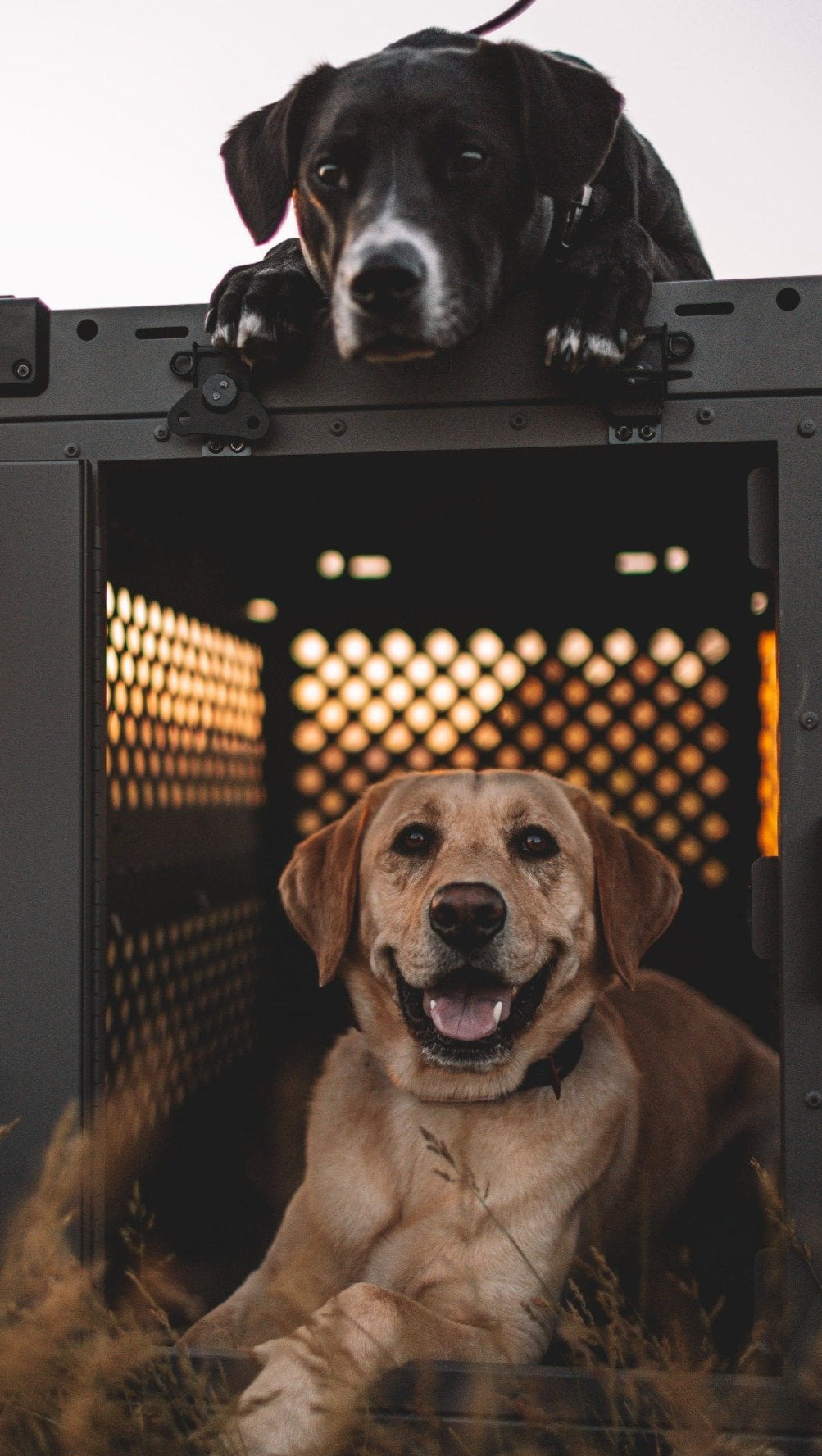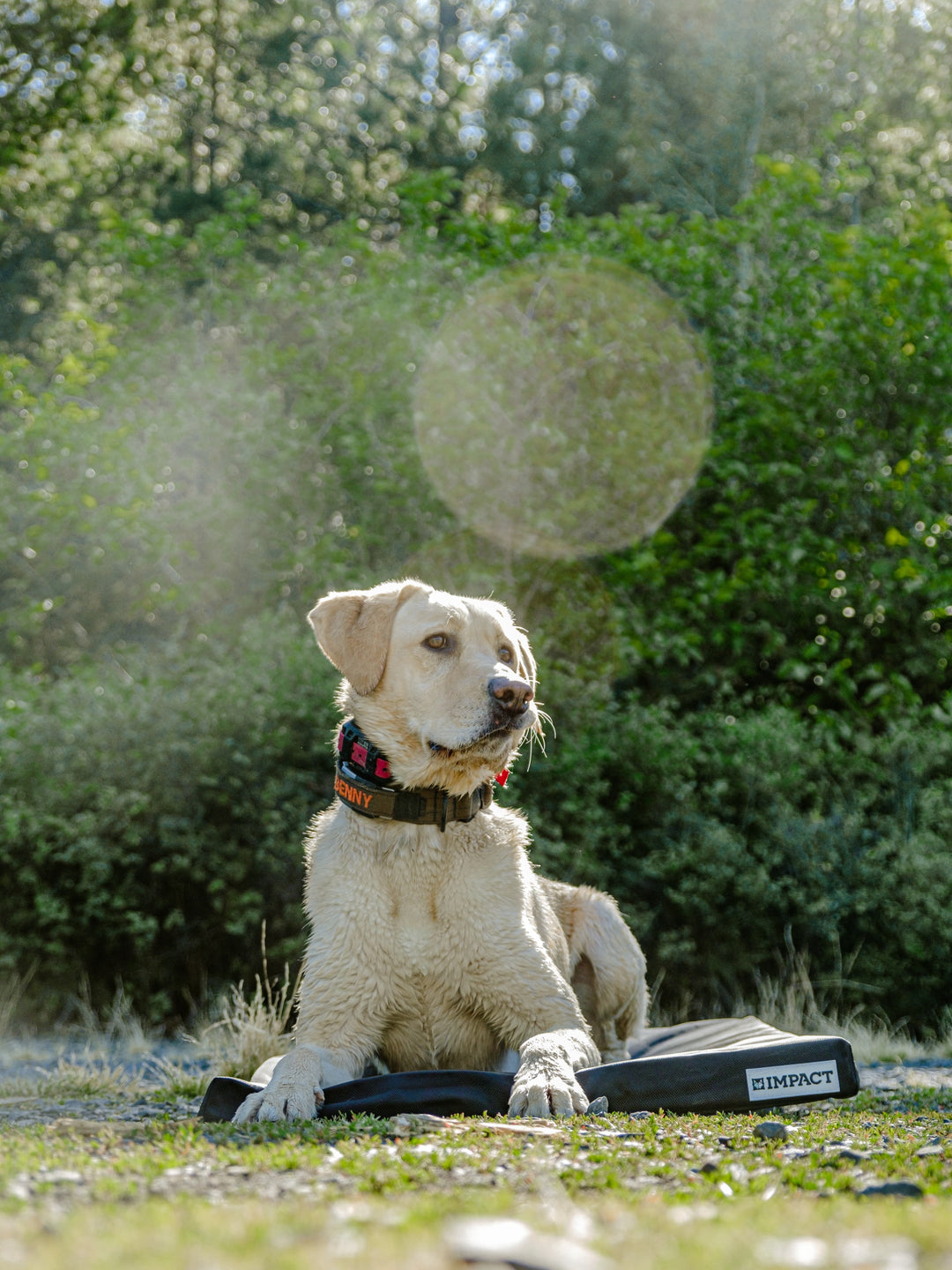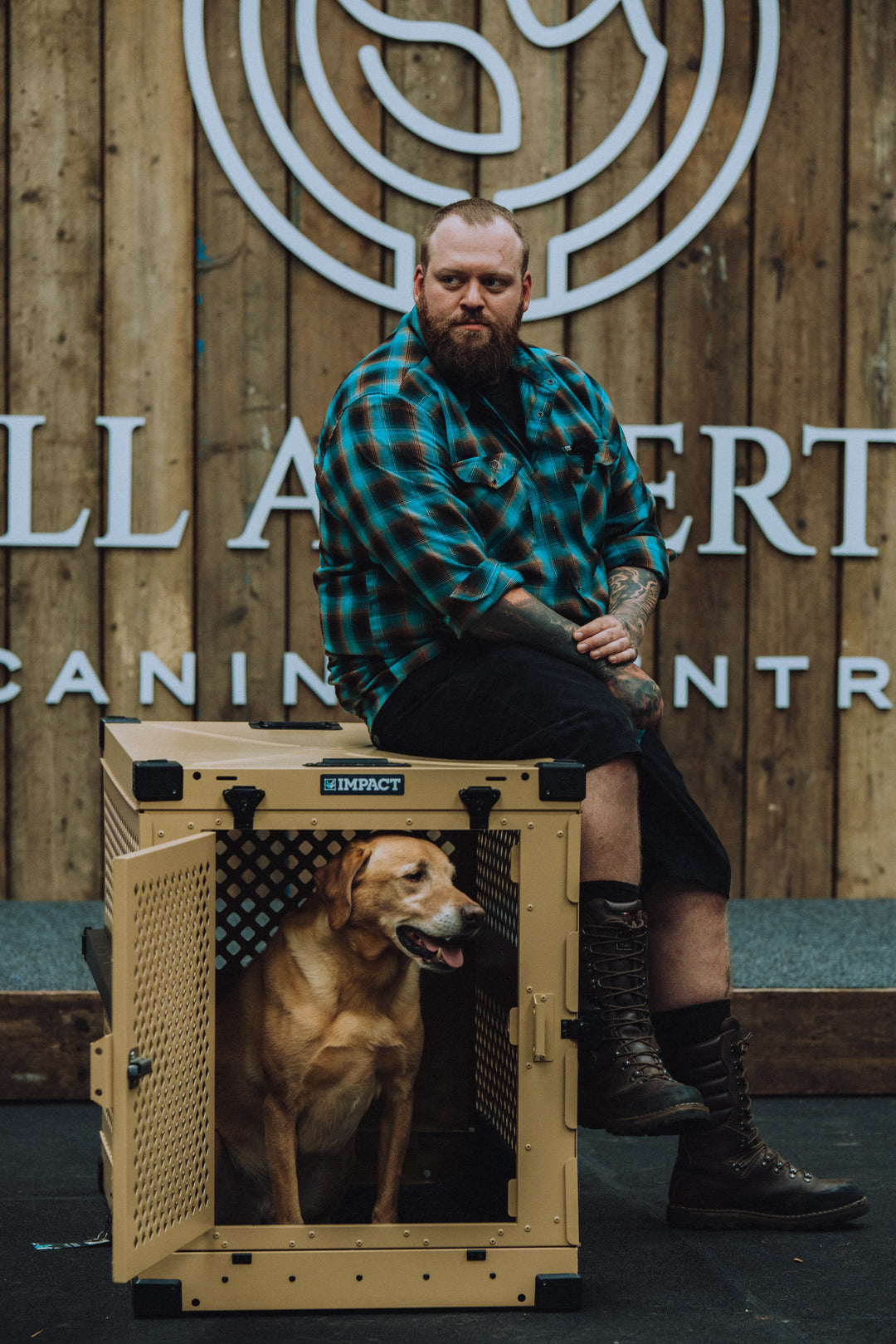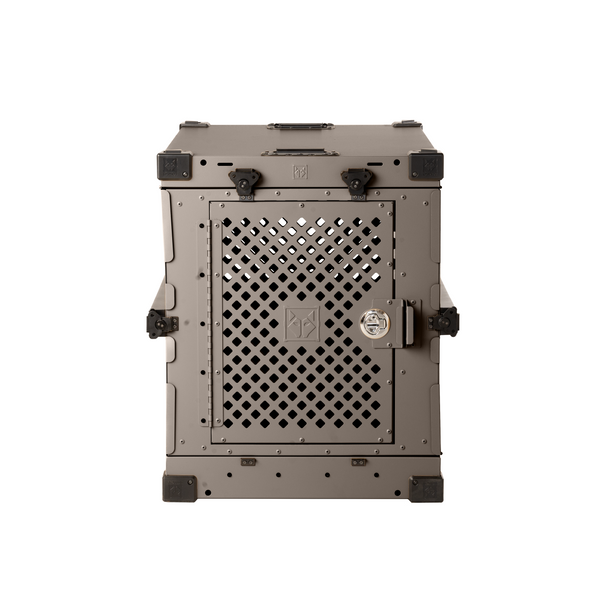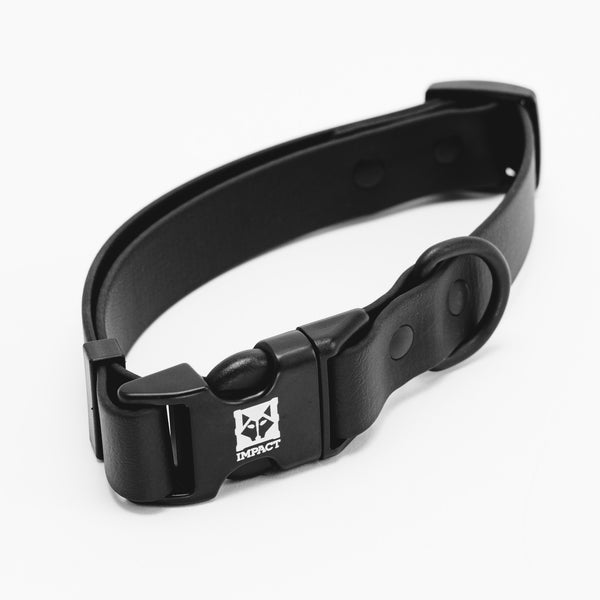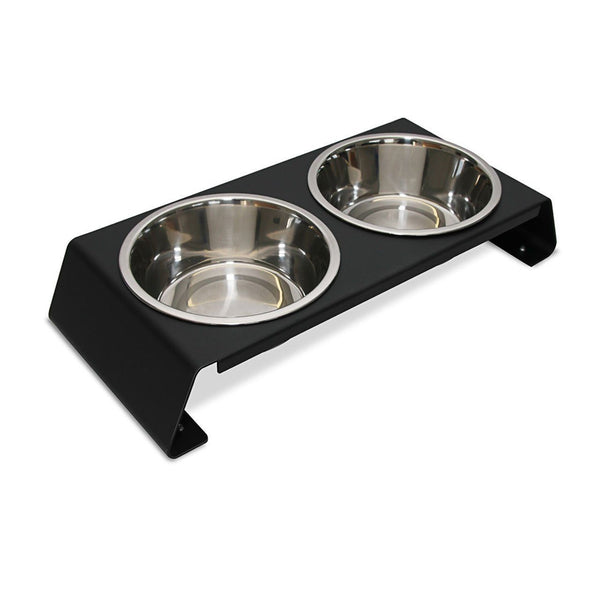Have you ever groomed your dog’s coat and suddenly spotted red spots? Those are hotspots. In medical language, they are termed as acute and moist dermatitis and are considered a common skin condition in dogs, appearing as swollen, red, moist, and usually painful lesions. According to Blue Cross Organisation, the area may produce pus, which can result in matting of hair around the particular area and is most likely to emerge on your dog’s limbs, hips, or head.
The hotspots can rapidly become bigger in size, especially if your dog frequently licks, chews, or scratches the affected portion, resulting in more irritation and an itch-scratch-infection. However, these don’t lead to deaths, and you can control them via professional treatment and home remedies as well. The blog will provide you with the relevant details surrounding its causes and ways of treating it for your dog’s better well-being.
What Causes Hot Spots?
Coming across these marks for the first time might have planted a question: What causes hotspots? Hotspots appear due to an underlying irritant in your dog’s body, compelling them to scratch and lick to offer themselves some relief. Excessive licking results in breaking the skin barrier, allowing bacteria to infect that specific area. Let’s have a look at the common causes:
Allergies
The number one cause of hotspots is allergens. These can be from the environment, where your dog might have caught pollen or dust mites, food, or even flea allergy dermatitis. You will see your dog itching themselves way more than usual, resulting in self-trauma and development of these painful lesions.
Flea and Tick Infestations
You will be amazed to know that even a single flea bite can trigger an allergic reaction in your dog, making the poor fellow itch so much that it leads to hotspots.
Insect Bites
Irrespective of your dog being outdoors or indoors, insects can always bite them. For instance, mosquitoes, spiders, or other insects can provoke localised irritation, and your dog may be found scratching and licking themselves without pause.
Dirty or Matted Coat
Your dog’s coat can also be responsible for these hotspots, especially if it's dirty or matted. How? The thing is that the unhygienic condition of the coat acts as an open ground for breeding bacteria that can irritate the skin. The development is more common in dogs with long and thick fur. Therefore, pay attention towards the coat and try to clean it as often.
Ear Infections
Do your do have any sort of ear infections, or do you usually catch them scratching their ears and the neighbouring skin? If so, then that is an indication of hotspots on their face or neck.
Anal Gland Issues
Are your dog’s anal glands fine? Because infected or impacted ones can cause utter uneasiness, resulting in their excessive licking or chewing at their hindquarters, leading to hot spots.
Boredom or Stress
Do you usually remain busy managing your professional life and fail to give sufficient time to your furry family member? Then, they may feel bored or stressed, so they keep licking themselves to distract their mind, resulting in hotspots.
Basic Skin Conditions
Basic skin conditions can be another culprit. For instance, fungal infections, scabies can result in these hotspots to emerge on your dog’s skin. Hence, take a proper and careful look.
Poor Grooming
How often do you brush their coat and shower them? If you are not very regular in following the routine, then poor grooming is considered another common cause of the development of these hotspots. Therefore, it’s high time you sketch a proper schedule and assign a day.
Humidity and Heat
Are you and your dog residents of a region that has a hot and humid climate? Well, the temperature is more than enough to create an environment for the growth of bacteria on your dog’s skin, because naturally, your dog will consistently lick themselves to feel comfortable, resulting in these moist lesions.
How To Professionally Treat Hot Spots?
We recommend that you not take this matter into your hands and consult the vet for a proper diagnosis. Otherwise, the treatment might not be as effective as expected. Your vet will ask you to do the following:
Initial Examination
Your vet will conduct a thorough examination of your dog’s hot spot. They will assess the size, how deep it is, and whether it is severe or not. Apart from this, they will also look for basic skin issues and ask you related questions, which might involve:
Visual Inspection
They will check the redness, swelling, hair loss, and whether any discharge is coming from the hotspot or not.
Palpation
Your vet will gently feel the area to see how your dog responds. They will let you know about the pain, swelling, or any foreign objects bothering your dog.
Questions Related To Dogs’ Activities
You must answer all questions related to your dog’s activities, especially the ones where they were involved recently. Did you make any changes to their regular feed or take them to a different place when you first spotted the red marks? This will help the vet understand how it happened and rule out other possibilities.
Ruling Out Other Conditions
At times, you can even confuse the hotspot with some other skin condition. Therefore, in order to do a proper diagnosis, your vet might take a scrap of their skin to confirm the actual cause, like parasites, fungal infections, or other bacterial infections.
Clipping and Cleaning the Area
If your dog’s coat is overgrown, your vet immediately asks you to clip the hair around the hotspot and clean the area. Why? Due to the following reasons:
Easily Visible
When you clip the extra hair around the lesion, it becomes easily visible for your vet to see how severe the hotspot is and the degree of the healthy skin affected.
Air Circulation
The extra hair traps heat and moisture, forming an ideal breeding ground for bacteria; hence, clipping lets air circulation, which further helps dry the hotspots for faster healing.
Medications Can Be Applied
The less hair, the easier it is for your vet to apply topical medicines to the affected part and clean without any interference. Once the action is done, the vet will clean the hotspot with an antiseptic solution, like chlorhexidine or povidone-iodine, to remove crusts, bacteria, and pus, preparing your dog’s skin for further procedure.
Address The Core Cause
Then, your vet will identify and address the core cause of the issue so the problem can be stopped there and then. Common causes are as follows:
Fleas and Allergies
We mentioned in the common causes above, as well, that even a single flea bite can do the damage, so if a flea turns out to be the cause, your vet will ask you to take flea control measures. However, other allergens from the food or environment are the issue; related to diagnostics, such as elimination diets or allergy testing, will be done.
Ear Infections
If they notice your dog scratching their ears more than usual, then their ears are infected, which leads to the emergence of hotspots on the face or neck.
Mites
Besides fleas, mites can also cause severe itching. Hence, the vet will let you know.
Anal Gland Issues
Your vet will check your dog’s anal glands as well. Because, as mentioned at the beginning of the blog, infected anal glands can compel your furry friend to chew or lick their rear end filling that area with hotspots.
Stress or Boredom
Your vet might inquire about your routine if you are busy most of the time, and whether you have anyone to take care of your pet in your absence. The reason is that lots of boredom and stress also make them chew and lick their paws, developing hotspots.
Medication For Infection and Swelling
To decrease the severity of inflammation, pain, and eliminate bacterial infection, your vet is likely to hand over a list of a combination of medicines. Those are as follows:
Topical Medications
Topical medications are usually applied directly to the spot and may include the following:
Antibiotic creams/sprays -To combat bacterial infection.
Steroid creams/sprays - To reduce inflammation and itching.
Astringents - To assist in drying out hotspots that ooze with pus.
Oral Medications
In case your vet identifies lethal hotspots or the infection has spread to other parts of the body, they might ask you to get the following oral medicines:
Antibiotics - For treating bacterial infections.
Corticosteroids - In this category, you might have to buy prednisone, which decreases the intense spread of swelling and itching. These are tapered down to cut down side effects.
Antihistamines - These are less potent as compared to steroids, but they can still aid in reducing frequent itching in some cases.
Pain Relievers - If the hot spot hurts your pal, then your vet might prescribe a medicine to offer some relief from the discomfort.
How To Prevent Further Self-Trauma?
To prevent your dog from continuing to lick or scratch the hot spot, your vet might ask you to make the most out of these remedies:
Elizabethan Collar
You might have seen this in movies, where the owner puts an Elizabethan collar around their pup. It’s one of the easiest remedies to discourage your dog from touching the hotspot and is also known as an E-collar or Cone of Shame.
Bandaging
Bandaging is not always recommended for hot spots as it traps moisture, but this can be quite helpful in some cases. Just wrap a loose bandage, especially if the hot spot is a place difficult for the E-collar to shield.
Bitter Sprays
Your vet might suggest that you buy bitter sprays as well. Apply them around the hotspot, not on the wound, so even if your dog tries to lick, they dislike the taste and stop doing it.
Follow-Up and Home Care
You will need to continue with the same treatments at home as well. Therefore, your vet will tell you how to go about including the frequency of cleaning the spot, applying topical medications, and giving your dog oral medicines as well. Besides, they will ask you to come regularly for follow-ups to track the healing pace of your pet and adjust the medications if needed. You must follow their instructions without changing anything on your own and complete the course as well.
Remedies For Home
Home remedies are not considered an ideal treatment, but some can offer temporary relief and assist in managing the hot spot until the vet approves of it. These are as follows:
Keep The Area Dry and Clean
Clean the particular area of the hot spot with the assistance of a mild antiseptic solution such as dilute chlorhexidine or povidone-iodine, diluted per product. Gently pat the area until completely dry, as moisture triggers hot spots.
Carefully Trim Hair
Sit with your dog and trim their hair around the lesion, only if you are comfortable with the idea and your pet allows you to cut some hair. Do so with blunt-nosed scissors, as the tool will help dry the area and prevent matting. Be very careful while cutting so the skin doesn’t get injured.
Apply A Cool Cloth
Get a cool material cloth, damp it a little and apply it to your dog’s hot spot. The coolness of the clot will play a pivotal role in decreasing inflammation and soothing itching temporarily.
Oatmeal Baths
Oatmeal baths are often recommended for your dog, as the colloidal version is famous for its relaxing functions. Hence, you can prepare an oatmeal bath for your pet or make a paste to apply as a compress
Aloe Vera
Take the purest form of aloe vera gel, meaning it should be free of additives or alcohol. The gel from the plant acts as a soother and has anti-inflammatory properties. Start by applying a thin layer to reduce inflammation around the lesion.
Witch Hazel
Witch Hazel can be used as a mild astringent to assist in drying out the hot spot and cut the swelling. Therefore, pour some out and apply it with a cotton ball.
Apple Cider Vinegar
There is also apple cider vinegar in the long list of home remedies. But make sure it's diluted, your dog might move due to the stinging nature of the liquid, so use the antiseptic substitute with care and stop the usage if your dog gets way too irritated.
Protect the Area
Your dog’s constant licking or scratching will worsen the hot spot; hence, to prevent them from doing so, tie an old shirt or a sock over the particular part of the body so they find it difficult to continue. In other cases, you can make them wear an E-collar as well until your vet recommends that you get a specific one.
CBD Oil for Dogs
There is some proof that CBD oil helps with itching and inflammation because of its anti-inflammatory properties, but you must discuss this with your vet before applying it to the hot spot.
How To Prevent Hot Spots On Dogs?
Naturally, as a caring dog parent, you wouldn't want to put your pet in such a condition in the future as well, therefore, there are a few ways to prevent these lesions:
Groom Regularly
Consistent Brushing
Brush your dog’s coat on a regular basis, especially if they have long or thick fur coats. The grooming assists in preventing matting that can trap moisture, dirt, and parasites from getting into their skin. Otherwise, that will open the ground for the growth of bacteria. Constant brushing distributes natural oils and supports your dog’s healthy skin.
Proper Bathing
Go to the nearby dog store and grab a bottle of vet-recommended shampoo. But there is no need to over-bathe as that can strip natural skin oils. After giving them a good shower, make sure to dry completely. While removing excess water, pay close attention to areas such as the groin, armpits, and between paw pads.
Groom Professionally
If your dog belongs to a breed that is vulnerable to matting or has complicated coats, then it's better to leave the grooming in the hands of a professional. That will go a long way in keeping their skin and coat healthy.
Control Parasites
Preventing Fleas and Ticks
From the start of this blog, we have said that flea allergy dermatitis is a leading reason for the growth of hot spots. To curb this cause, consider implementing a year-round vet-recommended flea and tick prevention program, where you can stock oral medications, topical treatments, or collars. Even if your dog stays indoors, you must protect them from parasites, as the insects can also slip inside.
Inspect Regularly
You have to become extra careful in this situation and inspect your dog’s coat for fleas, ticks, and other external parasites, especially after coming from outdoor activities.
Conclusion
We hope the blog clarified hot spots on dogs, what causes these lesions, how you can treat them, and what home remedies will reduce the inflammation. And whenever you identify something unusual, get in touch with your vet.

